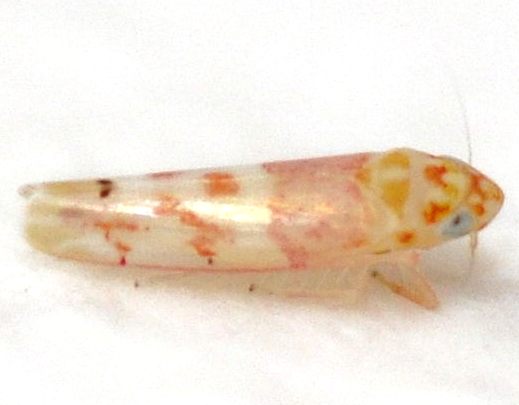| description |
A species with a distinctive pattern with two color forms. Most individuals have a broad reddish transverse band across the base of otherwise pale yellowish wings. The red band extends to the costal margins of the wings, rather than tapering as in other species. In form 'dulicis,' the transverse band is a faded reddish color. The top of the head has yellow to orange parallel submedial lines, often with a lateral branch; the midline is pale. The pronotum has a Y, V, or M-shaped yellow or reddish mark. The scutellum is yellowish, with darker lateral triangles; the face and underside of the thorax are pale. Adults are 2.7- 2.9 mm long. (3I) |
Species Photo Gallery for Eratoneura osborni No Common Name |
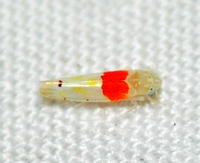 | Photo by: Kyle Kittelberger
Wake Co.
Comment: mixed hardwood forest habitat | 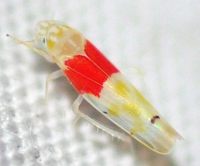 | Photo by: Kyle Kittelberger
Wake Co.
Comment: mixed hardwood forest habitat |
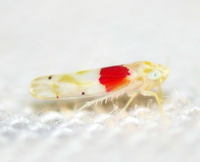 | Photo by: Kyle Kittelberger, Brian Bockhahn, Paul Scharf
Wake Co.
Comment: mixed hardwood forest edge | 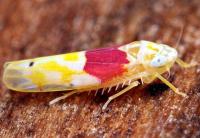 | Photo by: Ken Childs
Out Of State Co.
Comment: |
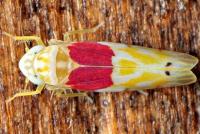 | Photo by: Ken Childs
Out Of State Co.
Comment: |  | Photo by: Paul Scharf
Warren Co.
Comment: Attracted to Black Light |
 | Photo by: Paul Scharf
Warren Co.
Comment: Attracted to Black Light |  | Photo by: Paul Scharf
Warren Co.
Comment: Attracted to Black Light |
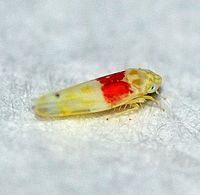 | Photo by: Paul Scharf
Warren Co.
Comment: Attracted to Black Light | 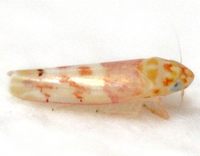 | Photo by: Kyle Kittelberger
Wake Co.
Comment: mixed hardwood forest habitat |
 | Photo by: Kyle Kittelberger
Wake Co.
Comment: mixed hardwood forest habitat |  | Photo by: Kyle Kittelberger
Wake Co.
Comment: mixed hardwood forest habitat |
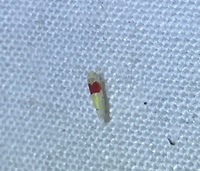 | Photo by: Randy Emmitt
Orange Co.
Comment: I’ve lights | 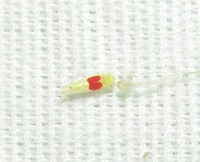 | Photo by: B. Bockhahn
Iredell Co.
Comment: |
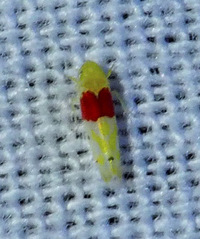 | Photo by: Randy Emmitt
Orange Co.
Comment: uv light | 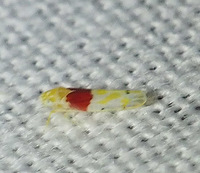 | Photo by: Randy Emmitt
Orange Co.
Comment: uv light |
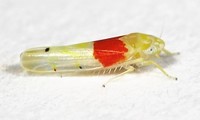 | Photo by: Rob Van Epps
Mecklenburg Co.
Comment: Attracted to UV light. Greenway in wooded area. | 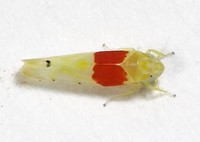 | Photo by: Rob Van Epps
Mecklenburg Co.
Comment: Attracted to UV light. Greenway in wooded area. |
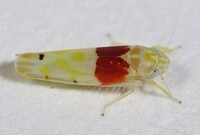 | Photo by: Rob Van Epps
Mecklenburg Co.
Comment: Attracted to UV light. Suburban yard with woods. | 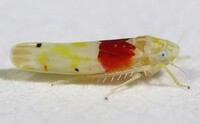 | Photo by: Rob Van Epps
Mecklenburg Co.
Comment: Attracted to UV light. Suburban yard with woods. |
|

 »
»


